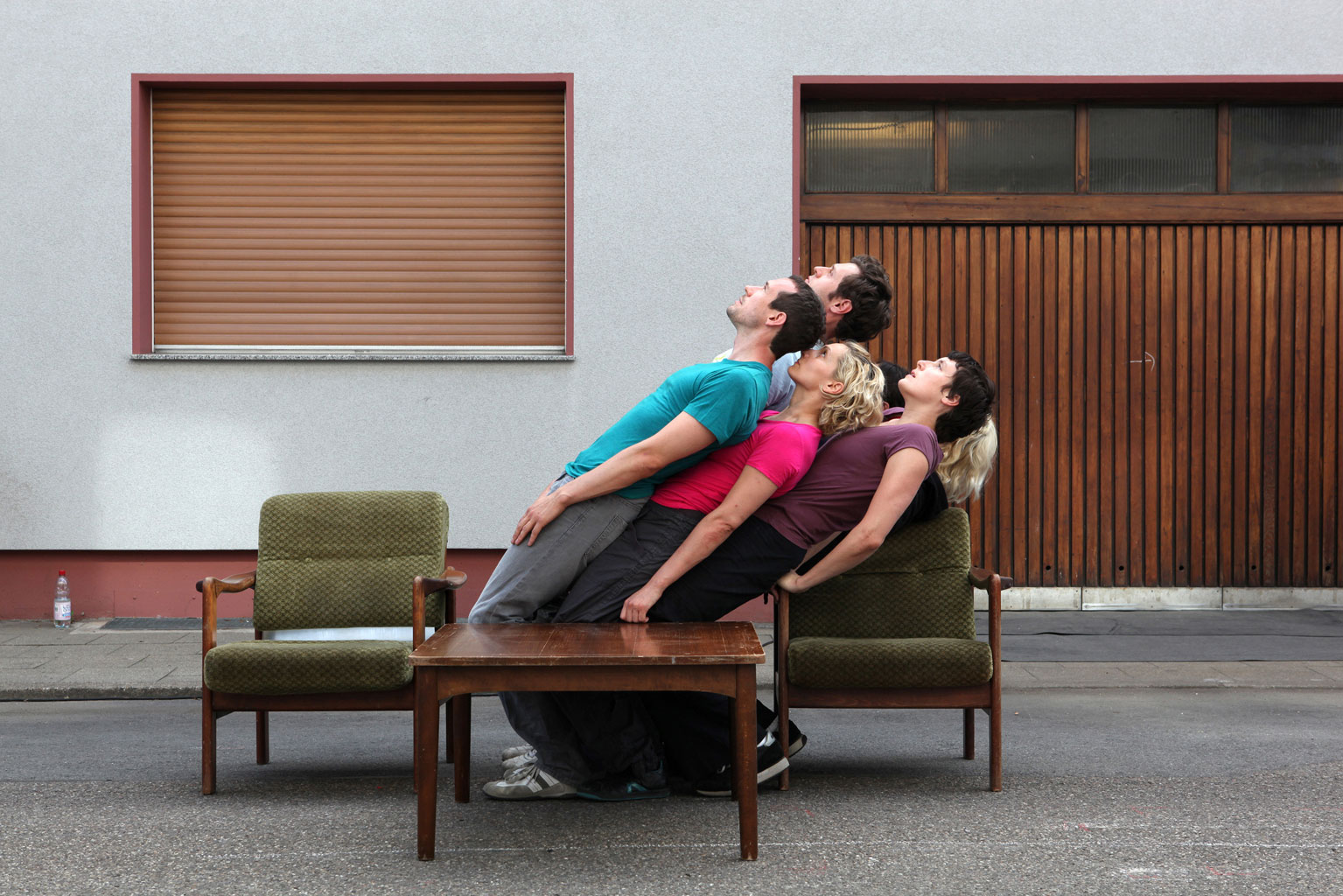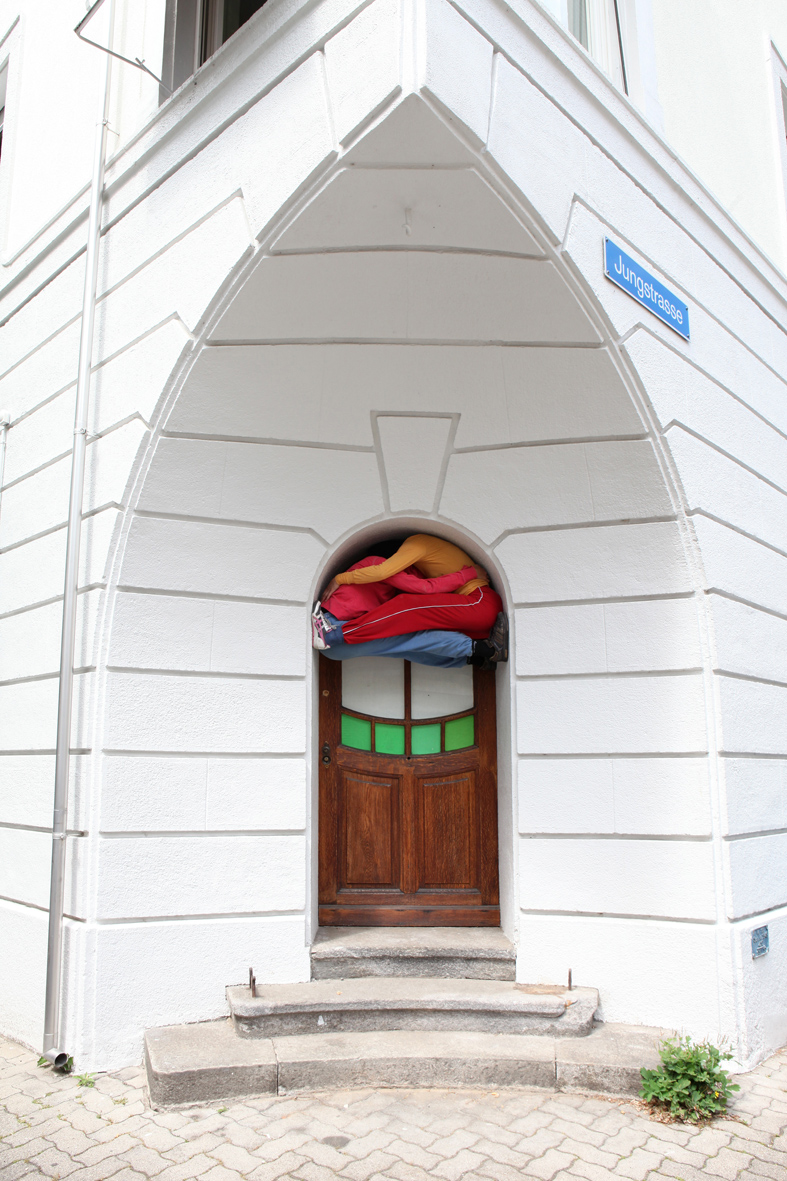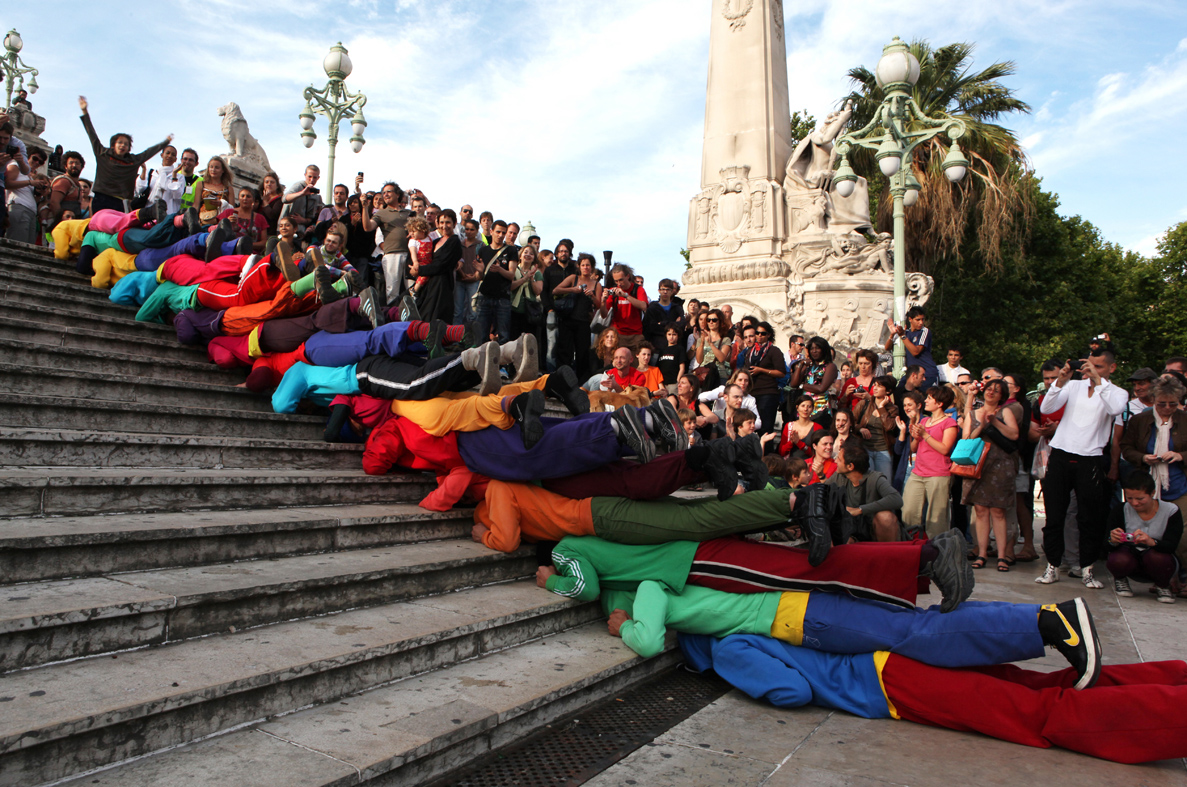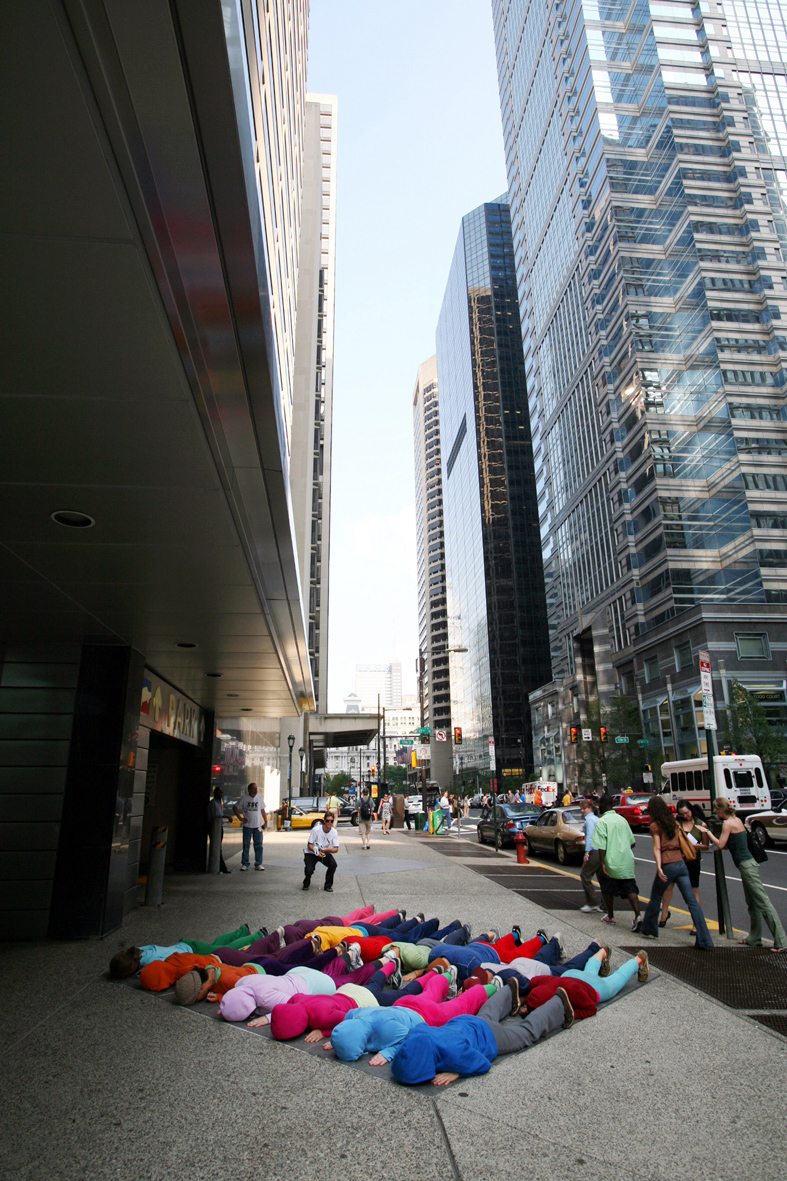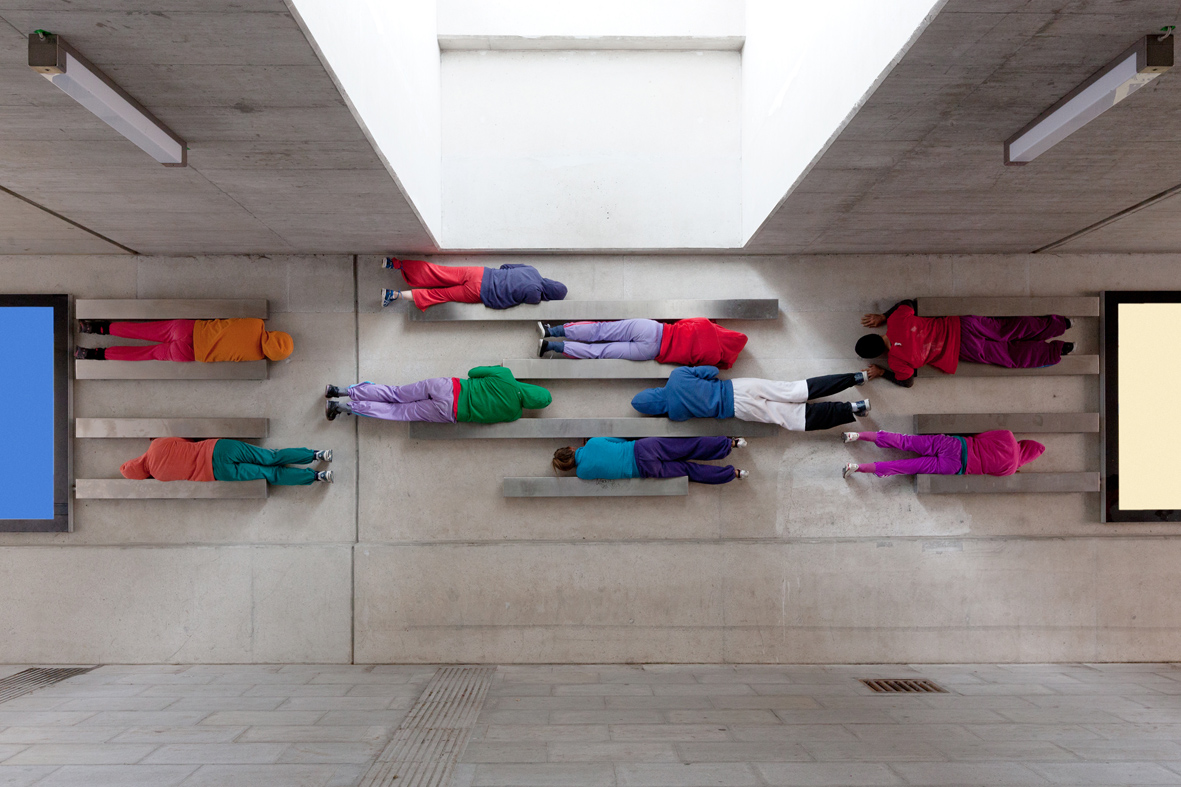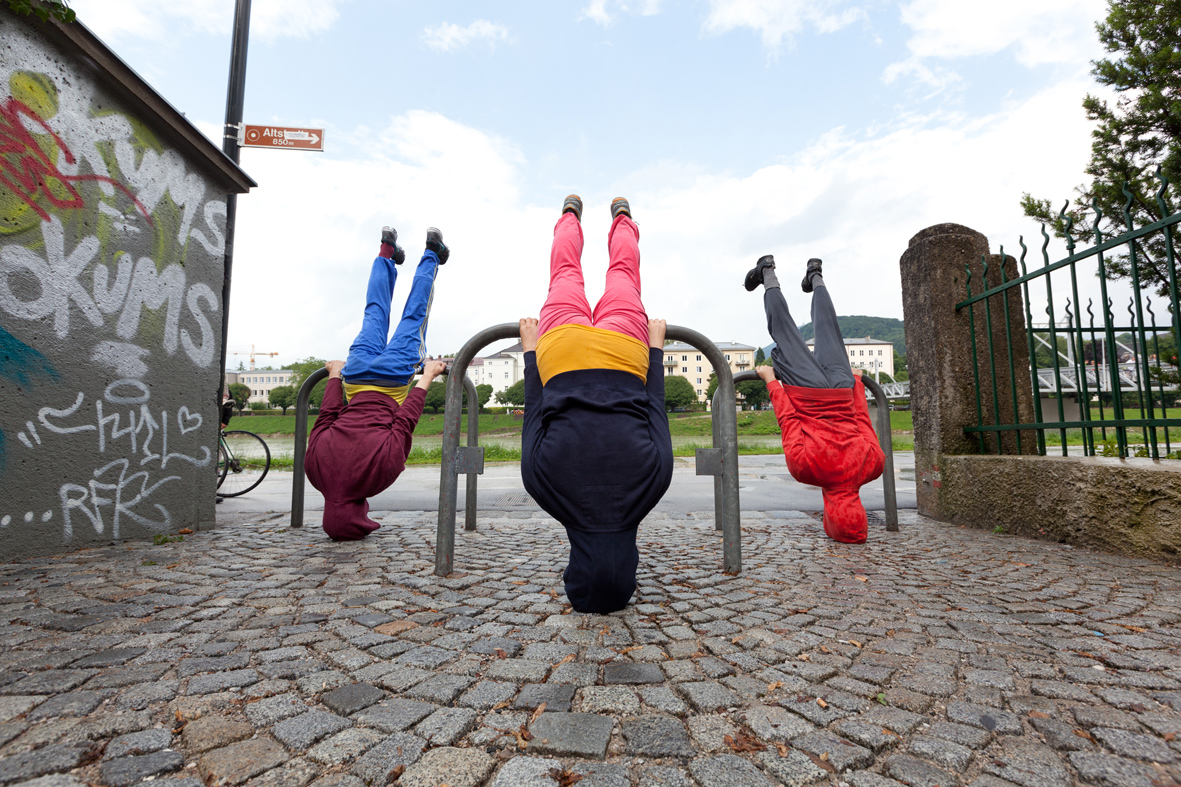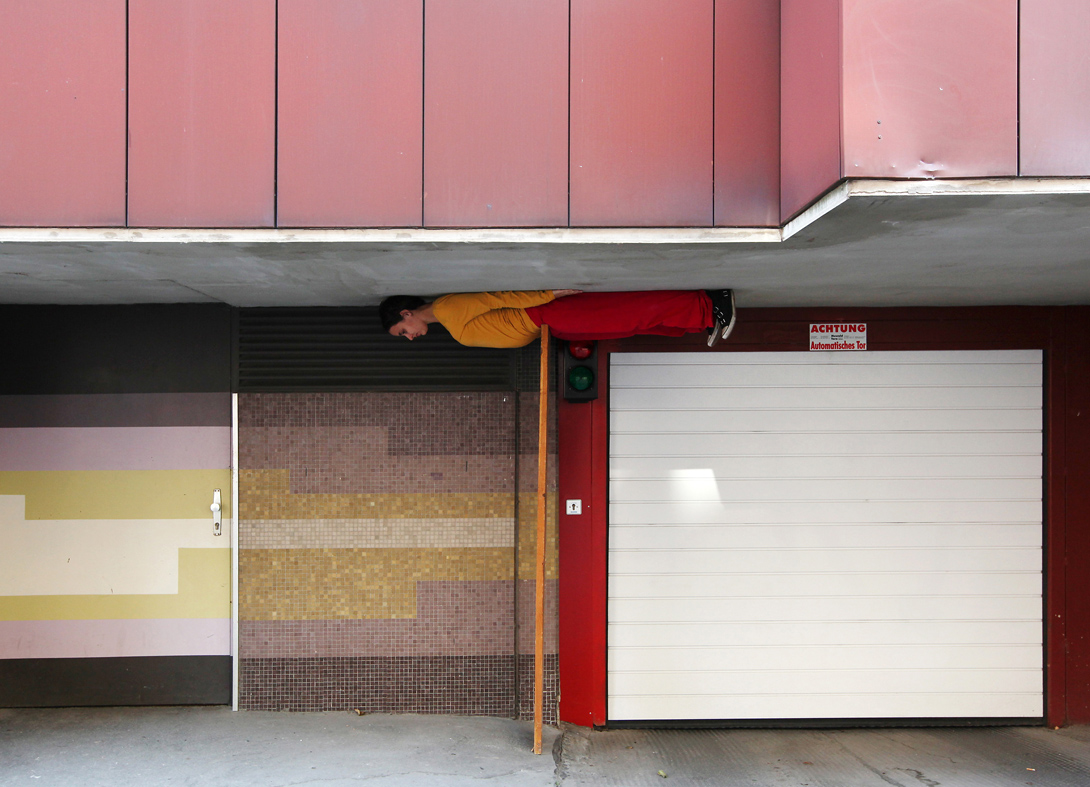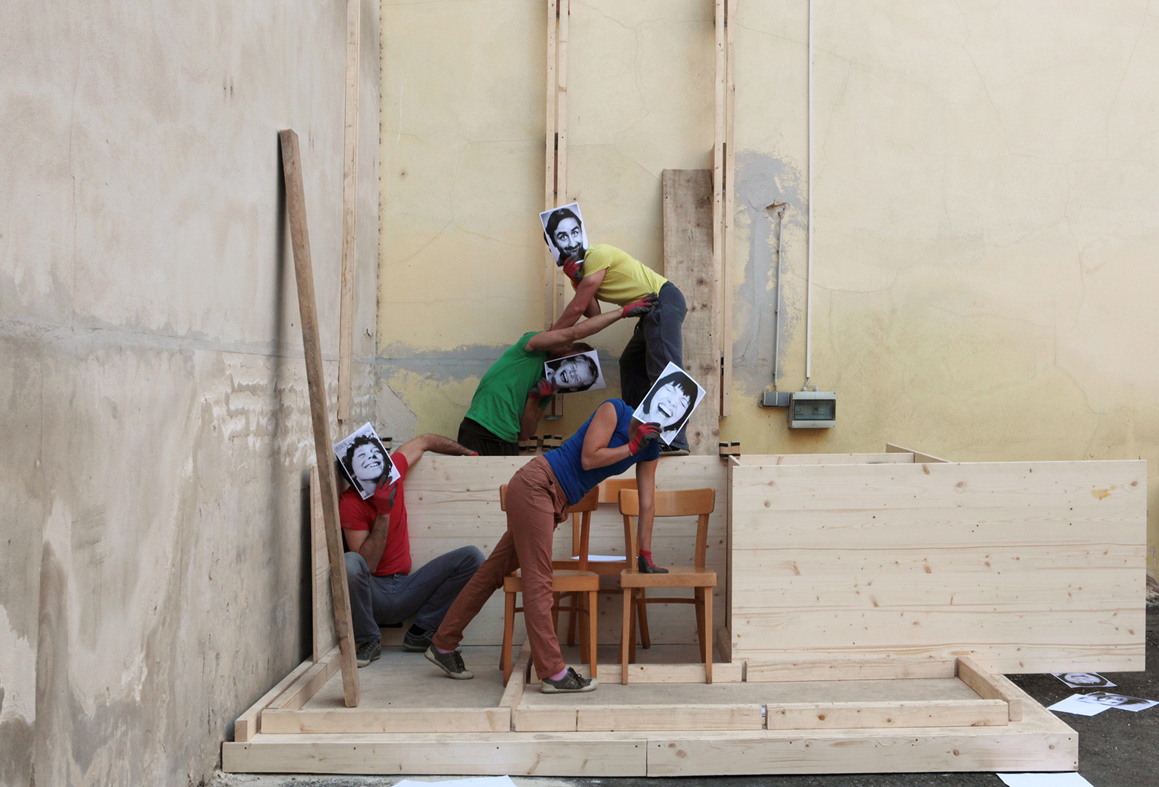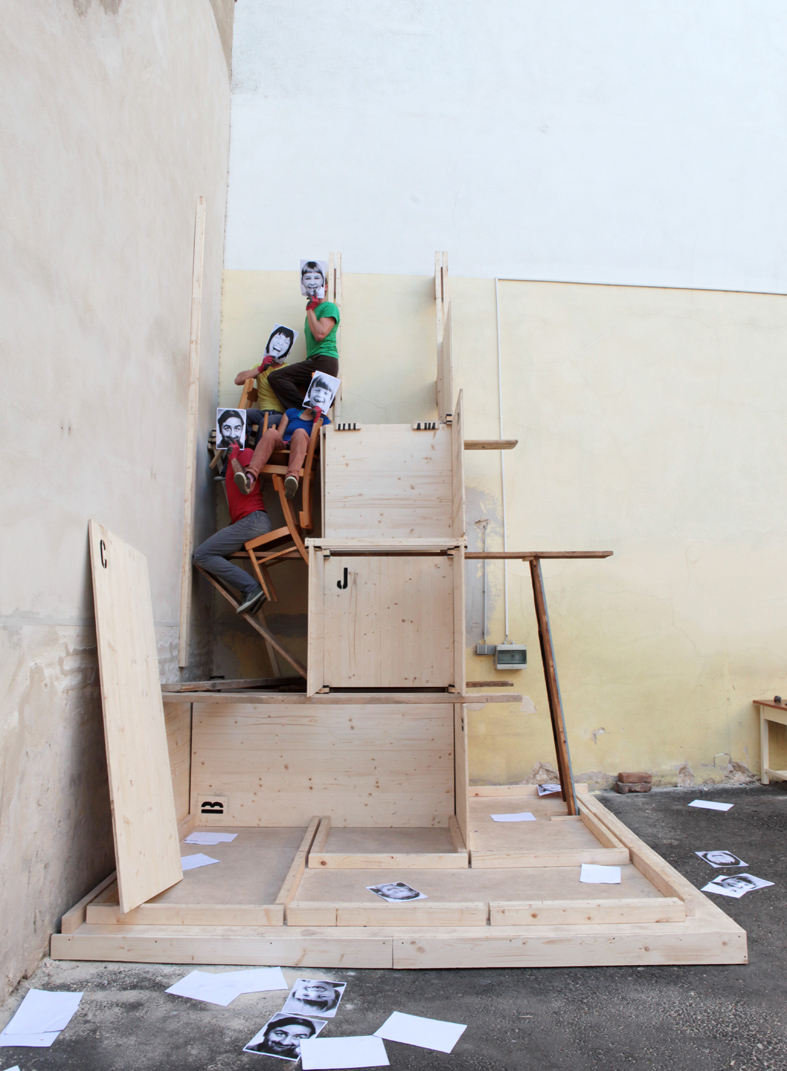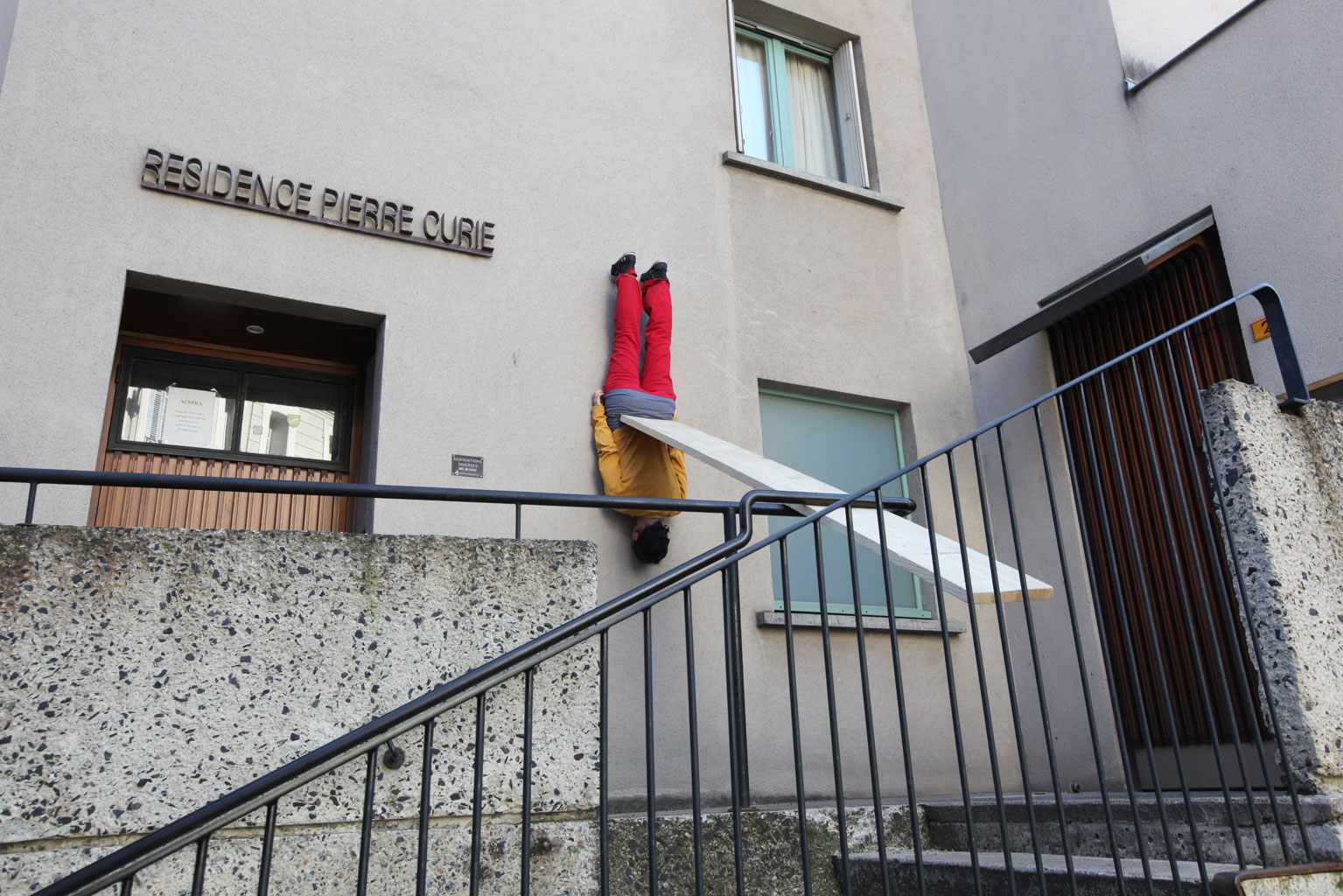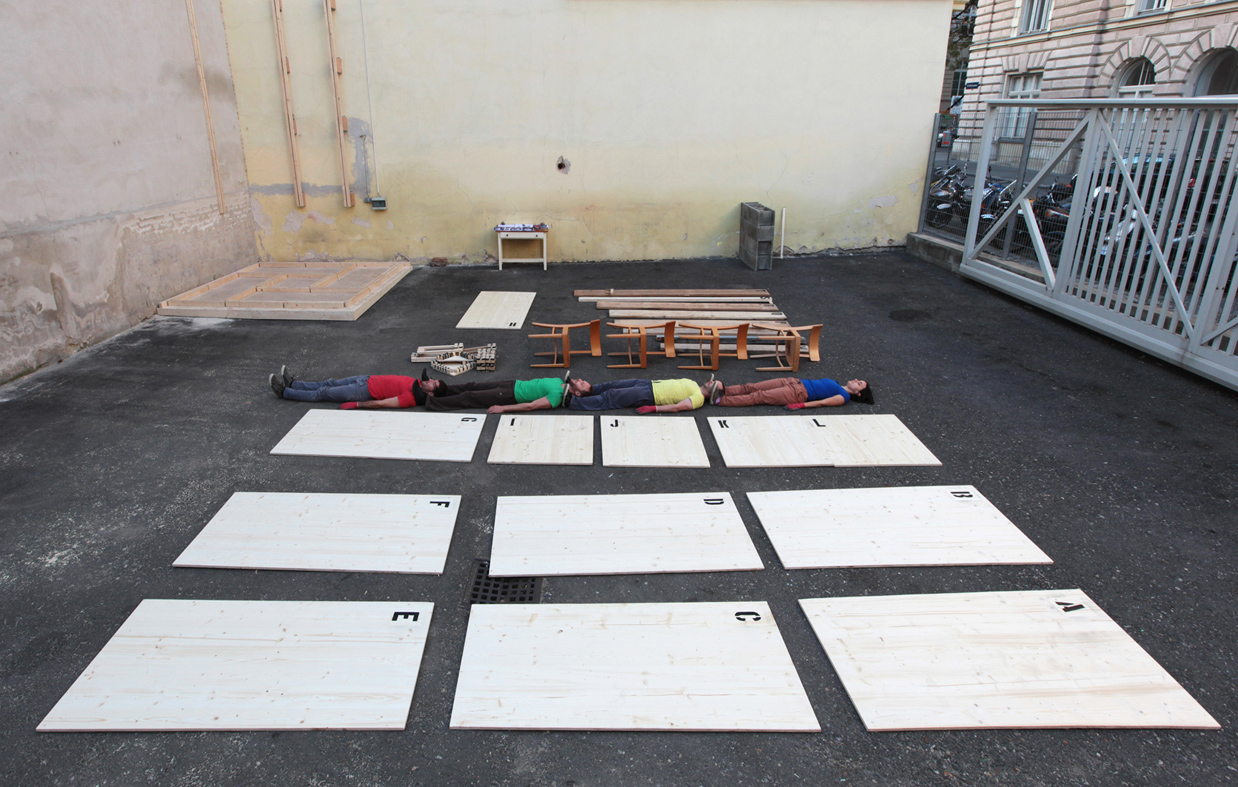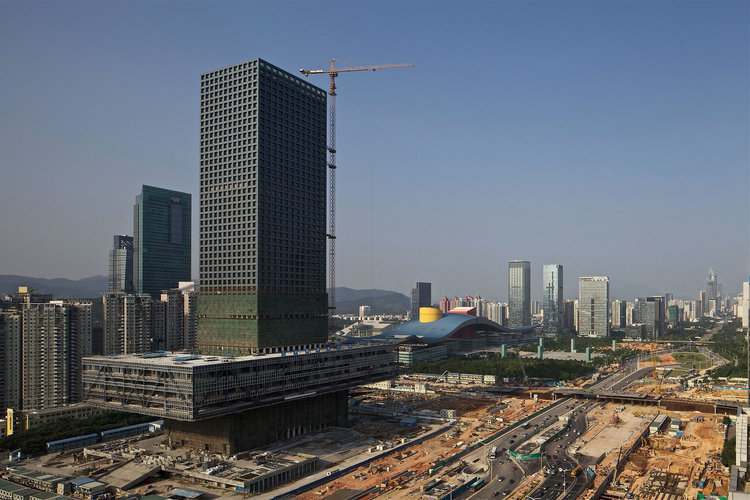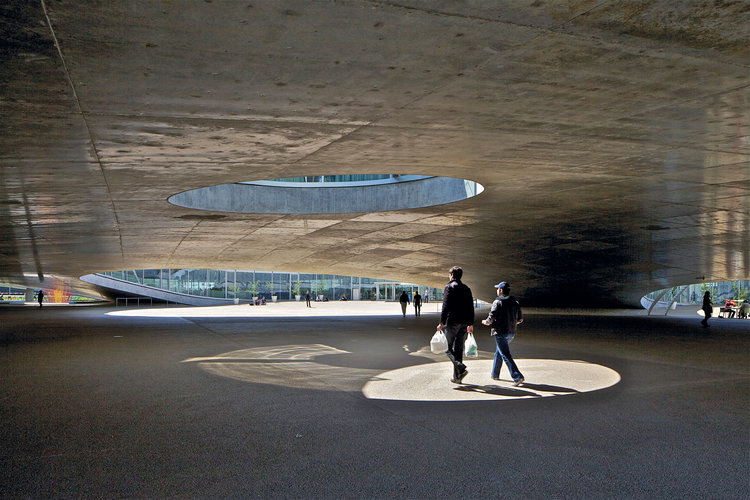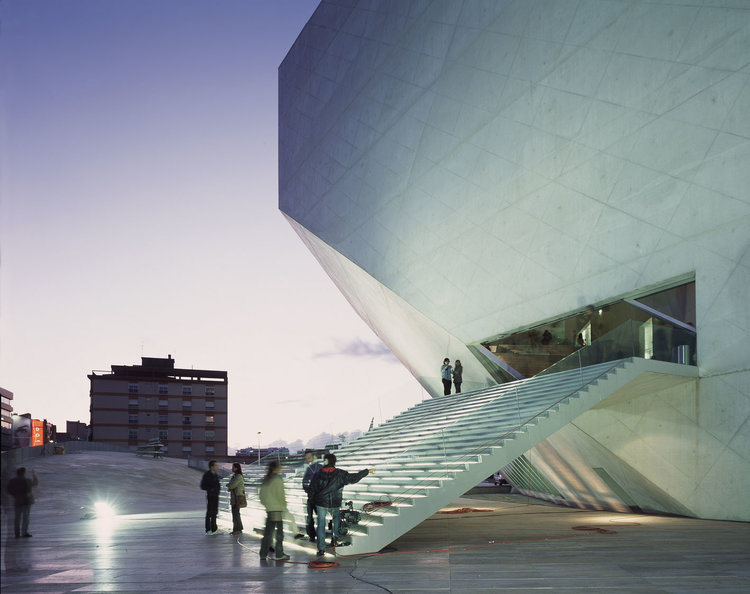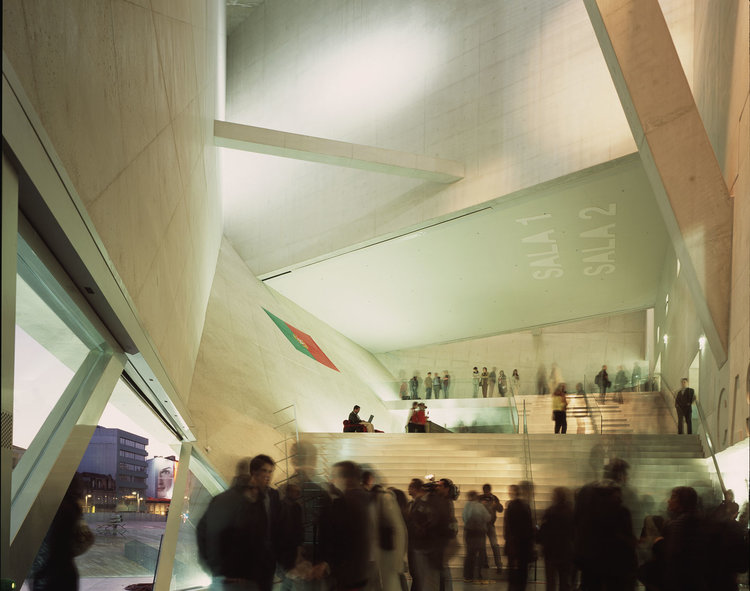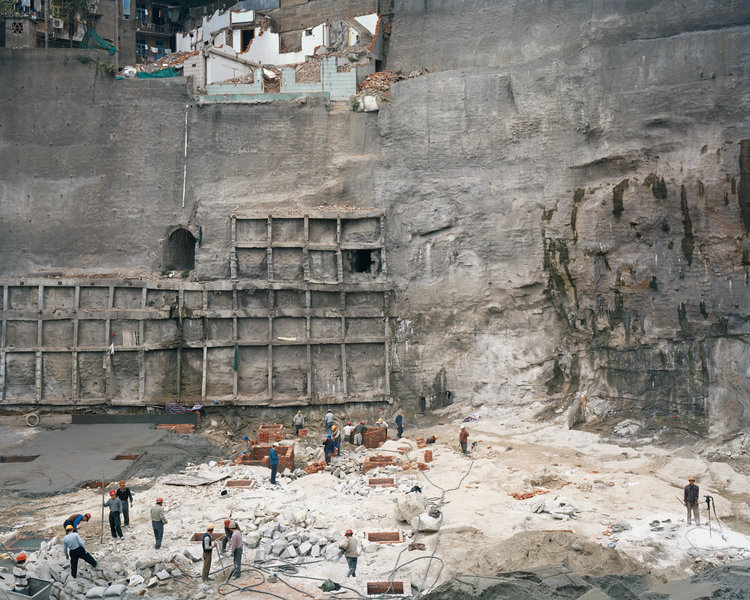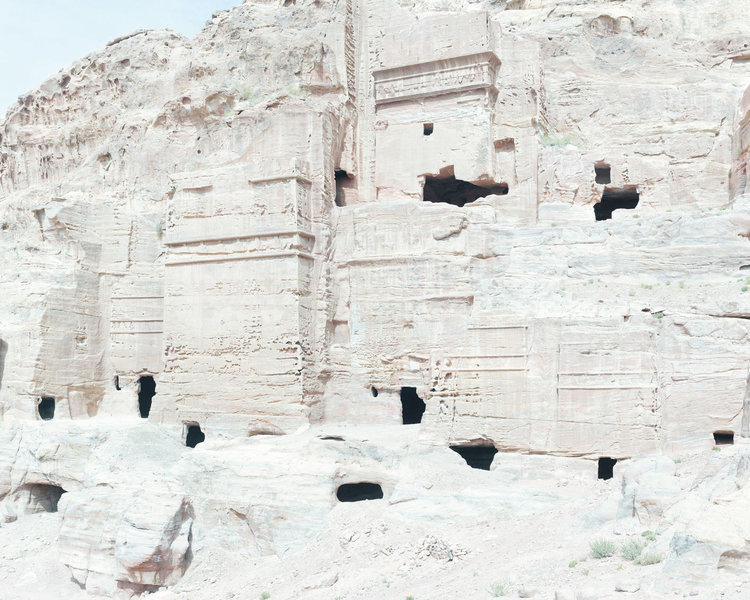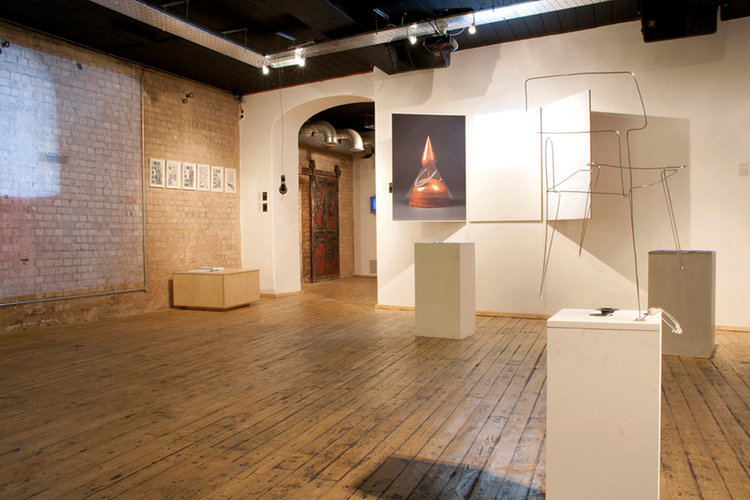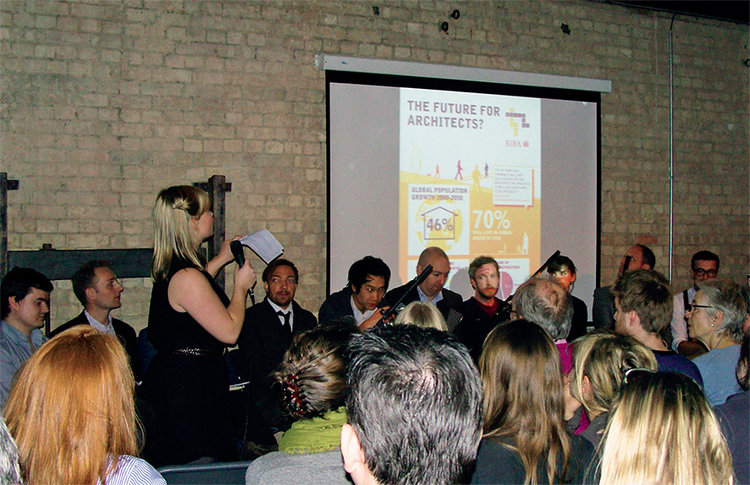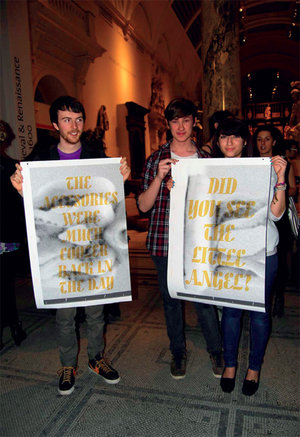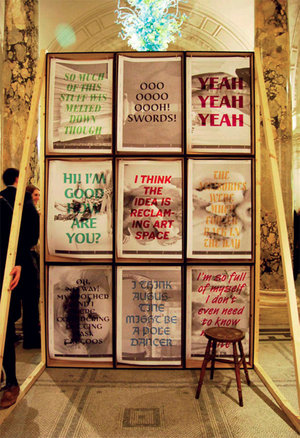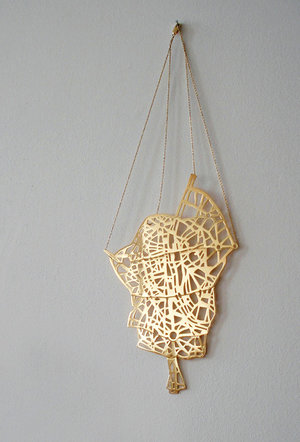WITH BAS PRINCEN: INSTRUMENTS
BY SUSANA VENTURA
SV: It’s often said about your photographs that they have an almost surreal, fiction like, atmosphere. One of the most amazing characteristics of photography, as Walter Benjamin put it, is that the camera, the mechanical apparatus, allows you to bring to the image surface an unconscious aspect of the reality which the organic eye is unable to see (what made the first photographs in history so surprising). Although the photograph presents reality, it goes beyond reality, reaching the unknown and the unconscious of reality. I find this very quality in your photographs as they present an unconscious of the contemporary city or of the artificial and natural landscapes. It’s not only due to the frame – which is the one of the basic elements of a photographic composition – but mainly because they are constructed between two intense movements of colour: saturation and rarefaction. A saturation of colours to intensify the idea of a landscape (in some photographs, you even get close to a geological work) and sometimes a rarefaction of colours, of elements in order to bring the volumes at their limit, as pure objects in a rarefied landscape. For example, in your photographs of Dubai, we can feel the desert, its temperature, the dry atmosphere, the tension, only through colour. The colour comes first and only then do our eyes land in the volume and in the limits of the frame and only afterwards do we start to think about the relations between the building and the landscape. What are your main elements of composition? How do you use the frame – which you often speak of – and how do you use colour as light, for example?
BAS: There are many ways how a composition starts but, of course, there are certain types of composition that i like to use, or to start from. I think that is true for every photographer and you somehow search for a similar way to organise the image, this evolves over time. I can tell myself when I made a certain photograph because of the way it is visually organized. But then I use also a lot of, or I have a lot of references to which I look, references out of the history of architecture, or just images that I find appealing. Those images are used in order tomakeastartforanewworkorforanew type of image. So, I have many of these and I would combine five or six in order to imag- ine the new work. Imagining in a way that I imagine myself in front of the place that I would like to photograph. Sometimes when I’m at a place that I think has potential, I start to dig mentally in my memory and find out which type of images could resonate with the place where I am at that point and then I start to organise the camera in a similar way, and if what I see on the camera screen resonates with these images that I have in my head, I’m getting exited, and normally it results in a good image.
SV: Can you give some examples, for instance? I know that there isn’t a direct relation between the image and the photograph, but what do you look for in those images that you store in your computer? Why have they become so important to you?
BAS: They are important, because they are representing a certain image that has already a background. They have been looked at by people, so maybe they have a more universal quality that we can recognise and I like to use that as a kind of unconscious way to make it easier to enter the image. I think that is the main reason why I use them. And also that my images become part of a progression of images that I didn’t make.
SV: It’s a nice idea. It’s almost like the land- scape and the cities are formed, little pieces and parts through time and you add another part that relates to the old parts altogether.
BAS: I think you need it otherwise it is difficult to even see something for other people. If it is something completely new, you lack reference, and there is no point from which you can start to look at the image. It’s some- thing that I am really interested in: you have certain ways how you build an image and those are I guess universal and they keep return over time: from landscape paintings in the Golden age, to the new topographics and the depiction of landscapes in movies, for instance. And I think you have to learn about them and you can use all these presets. I’ve started to collect images that I find appealing in terms of content or composition or colour scheme, and I try to incorporate these givens as – let’s say – unconscious rules into the compositions that I make. Of course, you run the risk of being too classical, but this also depends on the references that you choose, of course.
SV: Everything is evolving, so you are in fact adding another chapter.
BAS: Yes. So, basically, from these refer- ences I make a kind of little booklets – there are about five now and they are just for myself to understand certain things, they are not meant to be published or to be made public. They are filled with images that I find out on internet – they are many, many at my archive – and I organise these images in such a way that I find it an interesting com- position, in how they follow each other up. In the end, you could say, that these booklets with references are some kind of placehold- ers for a real book. This is the little booklet which I made for the Reservoir book – if you open the Reservoir book on the first page, you can imagine that the first three images – so, page one and two and tree of the refer- ence booklet – if you combine them, they somehow become the second picture in the ‘reservoir’ book (future olympic park).
SV: I would like to know a little bit more about your use of colour.
BAS: I don’t think I do a lot to the colour. I understand that most of the pictures have one type of tone or colour, but it’s not that I change it. It’s more that while I am looking for an image part of the reason for photograph- ing something, is because also the light and colour are in a good organisation.
SV: But in the end, they all seem to have a saturation – as in your Dubai photographs – where you can feel the dry atmosphere and the tension and the temperature – and all comes from the colour and not, for instance, of the frame or of other elements.
BAS: I think that the colour is always quite coolish...
SV: How do you control it? Or are you not really conscious of the process?
BAS: I am conscious. I work always with the same person with whom I am printing and I think that makes a big difference. He knows me well and we speak a lot about a certain continuity in the contrast and colour.
SV: So, is the colour a post-production?
BAS: No... at least not by default, there are two ways. While taking the photograph I take care that the colour palette is in my benefit or that it fits the other pictures I’ve already made. And sometimes, it’s just the technique of how you photograph. I think that it’s similar to the way compositions seem to reoccur, you can also search for similar compositions in colour or colour schemes. I think that if the colour is not good, then I don’t even see the image. It’s part of the decision to photograph a place, that the colour should be in sync with the composition. Then, in the end, in the post-production not a lot is done, just the image is made a little bit cooler or maybe the contrast is a little bit adapted. It’s funny, because the first book that I’ve made was in Holland and it has only with grey skies and sandy colours and at a point I would really freak out if there was a little sun and then I couldn’t photograph, it was impossible. And then I went photographing in L.A., Dubai, and those photographs are taken with blaz- ing sunshine, and people are still telling me that even in the pictures of those places it’s is foggy and they don’t realise it’s sunny.
SV: Yes, Reservoir is pretty grey!
BAS: It should be. When the light is tough or hard, and you photograph against the light, you have a limited set of colours, you will always have that idea of a greyish tone. The colours then are in the same tone. They’re never opposing.
SV: Maybe this has also to do with another feature of your work: the idea of surface. Even when you photograph isolated vol- umes that stand in the landscape, they somehow become flat. They are treated like surfaces and not like volumes. For instance, there are some photographers that like to photograph in black & white, because the volumes are accentuated.
BAS: I believe that they are the same in my photographs: volume and landscape naturally belong together. To me, they are the same surface. The only thing is that one is vertical and the other one is horizontal, differences are in the materiality or the colour and that can indicate a three dimensional shape.
SV: What would you say about that relation between surface and volume?
BAS: The surface is not only the ground and volume is not automatically a building or an object. Definitely in a photograph these 2 can act similar, sometimes a volume is suggested while it is not there, and I’m most interested in the fact that in the photograph you can play with these 2 and let them merge or take each others place. Surface to me is where materials are coming together, and then is all about how these materials interact. So both object and landscape are made of surface and those 2 have surfaces that can come together in an interesting way, that they are naturally fitting. I like this idea of naturally fit- ting: things that are believable when they are combined. This is something I would work on when I am photographing or when I am doing post-production, this is important to me. Well, you could say again – what is natural, what is man-made – is somehow put together and in a way you can say surfaces and colours are very important for that.
SV: It’s often said about your photographs that they have an almost surreal, fiction like, atmosphere. One of the most amazing characteristics of photography, as Walter Benjamin put it, is that the camera, the mechanical apparatus, allows you to bring to the image surface an unconscious aspect of the reality which the organic eye is unable to see (what made the first photographs in history so surprising). Although the photograph presents reality, it goes beyond reality, reaching the unknown and the unconscious of reality. I find this very quality in your photographs as they present an unconscious of the contemporary city or of the artificial and natural landscapes. It’s not only due to the frame – which is the one of the basic elements of a photographic composition – but mainly because they are constructed between two intense movements of colour: saturation and rarefaction. A saturation of colours to intensify the idea of a landscape (in some photographs, you even get close to a geological work) and sometimes a rarefaction of colours, of elements in order to bring the volumes at their limit, as pure objects in a rarefied landscape. For example, in your photographs of Dubai, we can feel the desert, its temperature, the dry atmosphere, the tension, only through colour. The colour comes first and only then do our eyes land in the volume and in the limits of the frame and only afterwards do we start to think about the relations between the building and the landscape. What are your main elements of composition? How do you use the frame – which you often speak of – and how do you use colour as light, for example?
BAS: There are many ways how a composition starts but, of course, there are certain types of composition that i like to use, or to start from. I think that is true for every photographer and you somehow search for a similar way to organise the image, this evolves over time. I can tell myself when I made a certain photograph because of the way it is visually organized. But then I use also a lot of, or I have a lot of references to which I look, references out of the history of architecture, or just images that I find appealing. Those images are used in order tomakeastartforanewworkorforanew type of image. So, I have many of these and I would combine five or six in order to imag- ine the new work. Imagining in a way that I imagine myself in front of the place that I would like to photograph. Sometimes when I’m at a place that I think has potential, I start to dig mentally in my memory and find out which type of images could resonate with the place where I am at that point and then I start to organise the camera in a similar way, and if what I see on the camera screen resonates with these images that I have in my head, I’m getting exited, and normally it results in a good image.
SV: Can you give some examples, for instance? I know that there isn’t a direct relation between the image and the photograph, but what do you look for in those images that you store in your computer? Why have they become so important to you?
BAS: They are important, because they are representing a certain image that has already a background. They have been looked at by people, so maybe they have a more universal quality that we can recognise and I like to use that as a kind of unconscious way to make it easier to enter the image. I think that is the main reason why I use them. And also that my images become part of a progression of images that I didn’t make.
SV: It’s a nice idea. It’s almost like the land- scape and the cities are formed, little pieces and parts through time and you add another part that relates to the old parts altogether.
BAS: I think you need it otherwise it is difficult to even see something for other people. If it is something completely new, you lack reference, and there is no point from which you can start to look at the image. It’s some- thing that I am really interested in: you have certain ways how you build an image and those are I guess universal and they keep return over time: from landscape paintings in the Golden age, to the new topographics and the depiction of landscapes in movies, for instance. And I think you have to learn about them and you can use all these presets. I’ve started to collect images that I find appealing in terms of content or composition or colour scheme, and I try to incorporate these givens as – let’s say – unconscious rules into the compositions that I make. Of course, you run the risk of being too classical, but this also depends on the references that you choose, of course.
SV: Everything is evolving, so you are in fact adding another chapter.
BAS: Yes. So, basically, from these refer- ences I make a kind of little booklets – there are about five now and they are just for myself to understand certain things, they are not meant to be published or to be made public. They are filled with images that I find out on internet – they are many, many at my archive – and I organise these images in such a way that I find it an interesting com- position, in how they follow each other up. In the end, you could say, that these booklets with references are some kind of placehold- ers for a real book. This is the little booklet which I made for the Reservoir book – if you open the Reservoir book on the first page, you can imagine that the first three images – so, page one and two and tree of the refer- ence booklet – if you combine them, they somehow become the second picture in the ‘reservoir’ book (future olympic park).
SV: I would like to know a little bit more about your use of colour.
BAS: I don’t think I do a lot to the colour. I understand that most of the pictures have one type of tone or colour, but it’s not that I change it. It’s more that while I am looking for an image part of the reason for photograph- ing something, is because also the light and colour are in a good organisation.
SV: But in the end, they all seem to have a saturation – as in your Dubai photographs – where you can feel the dry atmosphere and the tension and the temperature – and all comes from the colour and not, for instance, of the frame or of other elements.
BAS: I think that the colour is always quite coolish...
SV: How do you control it? Or are you not really conscious of the process?
BAS: I am conscious. I work always with the same person with whom I am printing and I think that makes a big difference. He knows me well and we speak a lot about a certain continuity in the contrast and colour.
SV: So, is the colour a post-production?
BAS: No... at least not by default, there are two ways. While taking the photograph I take care that the colour palette is in my benefit or that it fits the other pictures I’ve already made. And sometimes, it’s just the technique of how you photograph. I think that it’s similar to the way compositions seem to reoccur, you can also search for similar compositions in colour or colour schemes. I think that if the colour is not good, then I don’t even see the image. It’s part of the decision to photograph a place, that the colour should be in sync with the composition. Then, in the end, in the post-production not a lot is done, just the image is made a little bit cooler or maybe the contrast is a little bit adapted. It’s funny, because the first book that I’ve made was in Holland and it has only with grey skies and sandy colours and at a point I would really freak out if there was a little sun and then I couldn’t photograph, it was impossible. And then I went photographing in L.A., Dubai, and those photographs are taken with blaz- ing sunshine, and people are still telling me that even in the pictures of those places it’s is foggy and they don’t realise it’s sunny.
SV: Yes, Reservoir is pretty grey!
BAS: It should be. When the light is tough or hard, and you photograph against the light, you have a limited set of colours, you will always have that idea of a greyish tone. The colours then are in the same tone. They’re never opposing.
SV: Maybe this has also to do with another feature of your work: the idea of surface. Even when you photograph isolated vol- umes that stand in the landscape, they somehow become flat. They are treated like surfaces and not like volumes. For instance, there are some photographers that like to photograph in black & white, because the volumes are accentuated.
BAS: I believe that they are the same in my photographs: volume and landscape naturally belong together. To me, they are the same surface. The only thing is that one is vertical and the other one is horizontal, differences are in the materiality or the colour and that can indicate a three dimensional shape.
SV: What would you say about that relation between surface and volume?
BAS: The surface is not only the ground and volume is not automatically a building or an object. Definitely in a photograph these 2 can act similar, sometimes a volume is suggested while it is not there, and I’m most interested in the fact that in the photograph you can play with these 2 and let them merge or take each others place. Surface to me is where materials are coming together, and then is all about how these materials interact. So both object and landscape are made of surface and those 2 have surfaces that can come together in an interesting way, that they are naturally fitting. I like this idea of naturally fit- ting: things that are believable when they are combined. This is something I would work on when I am photographing or when I am doing post-production, this is important to me. Well, you could say again – what is natural, what is man-made – is somehow put together and in a way you can say surfaces and colours are very important for that.


